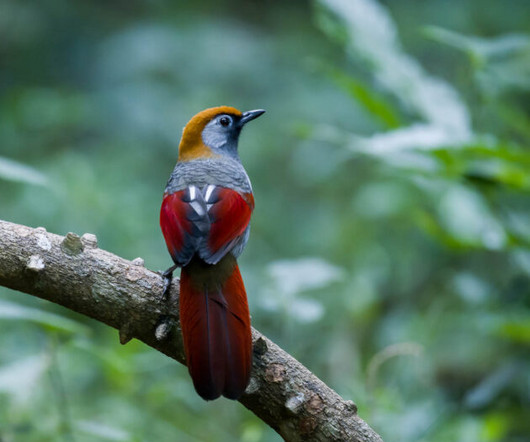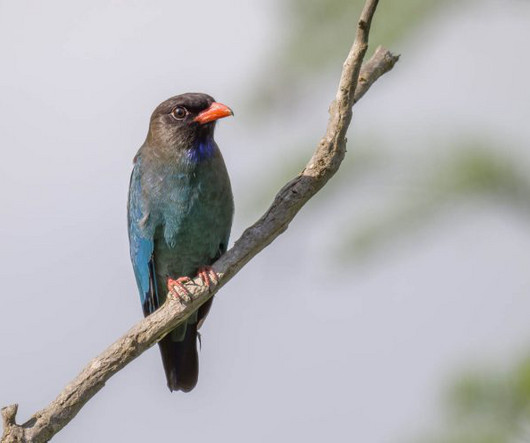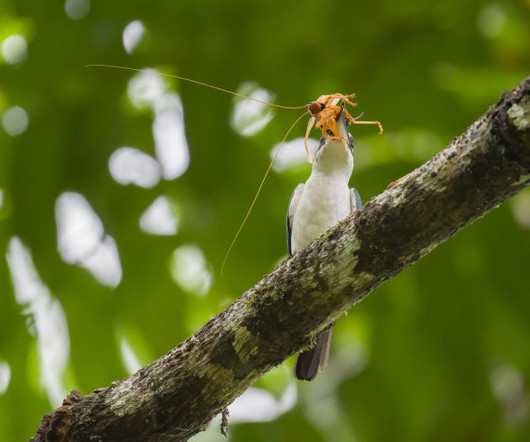Keep your Taxonomy out of my Field Guide!
10,000 Birds
JUNE 3, 2012
More importantly, I know which groups/families occur in these regions, which ones resemble each other, and where to find them in my books even in cases where similar groups are found in different segments of my field guide because they are not closely related to each other. This means I know my birds quite well. I was shocked!











Let's personalize your content